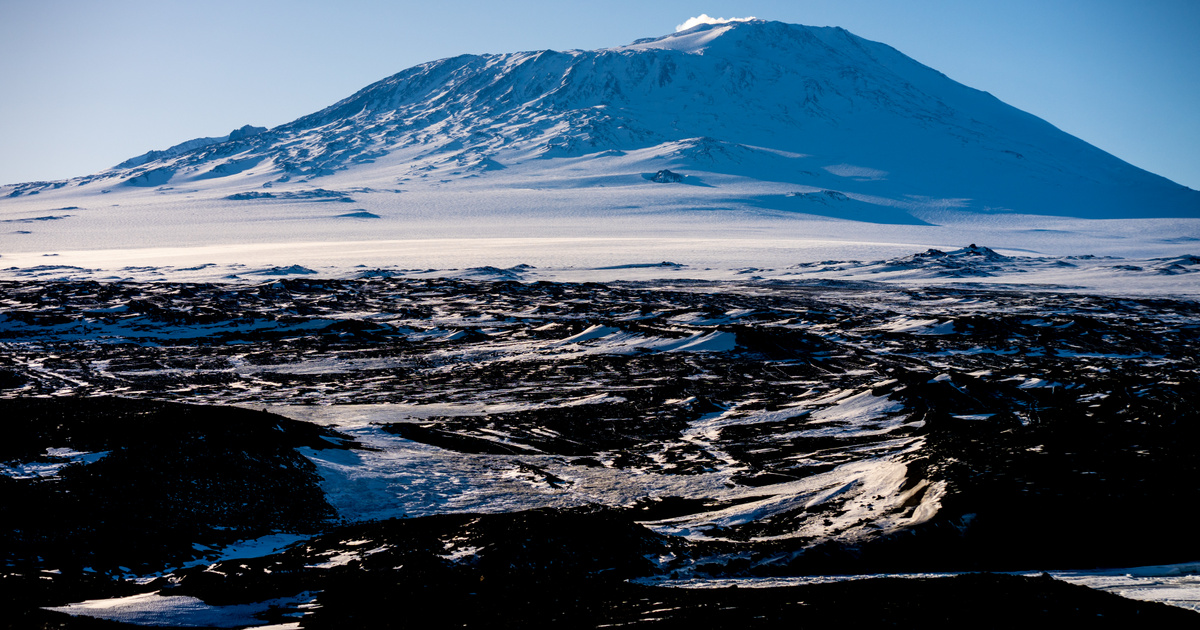Antarctica is famous for its endless expanses of ice and snow, but many people don't know that beneath the continent's vast western ice sheet lies the largest volcanic region on Earth, with 138 volcanoes. For geologists, it is questionable whether these volcanoes could erupt.
Among the volcanoes under the Antarctic ice sheet, two are currently considered active: Deception Island and Mount Erebus, he wrote. Live sciences.
Conor Bacon, a researcher at Columbia University in New York, told Live Science that Erebus Volcano, which overlooks the McMurdo Research Base on Scott Island, has been erupting continuously since at least 1972.
Erebus is known to emit plumes of gas and steam and, according to the NASA observatory, occasionally fires rock bombs, but one of its most interesting features is the persistent lava that occupies one of the volcano's craters, where molten material is present on the surface.
These are actually very rare, as very special conditions must be met for the surface to never freeze
Bacon said.
Deception Island, on the other hand, is an active caldera volcano that last erupted in 1970. The island is monitored for volcanic activity. It is currently classified as green, meaning no eruption is expected here. Although there are only two active volcanoes on the continent, Antarctica is full of fumaroles, which are volcanic vents that release gases and steam.
Although scientists constantly monitor Antarctica's volcanoes with instruments, it is difficult to predict when the next volcano will erupt.
Connor Bacon said so From time to time, researchers deploy more comprehensive networks of tools to perform specific tests, but this comes with many logistical challenges.
In addition to the logistical challenges, the equipment must be durable enough to withstand harsh conditions and long polar nights
– Bacon added.















































